The man who collects lost pet posters
Don Bolles is a veteran of punk with a one-of-a-kind collection.
Towards the end of July in the year 1970-something, a woman named Diana lost her three-month-old dog. Pluto was a Whippet – “brown and friendly” – and Diana was walking him by Griffith Observatory in LA when he ran away. At home, Diana got out some green and red marker pens to make a missing poster; she offered a “BIG REWARD” for Pluto’s safe return. She – or someone close to her – drew and coloured in the puppy, and as a finishing touch sketched a speech bubble coming out of his mouth.
“Please. Mercy,” Pluto said.
I should not know about Diana and her dog – I was born 5,256 miles away around two decades later. I know because of the unusual, surely one-of-a-kind collection of Don Bolles, born Jimmy Michael Giorsetti, also known professionally as Kitten Sparkles. Don is an LA-based musician who rose to fame as the drummer of the iconic 70s punk band Germs – he is also possibly the world’s only collector of lost pets.
Well, lost pet posters. In 1978, Don moved from Hollywood Boulevard to a more suburban area in West Hollywood and he started noticing the flyers littering the lampposts and trees. He was touched by the “folk art” of missing posters – the hand-drawn dogs and the poetic pleas meticulously crafted in a time before computers and printers were household goods. Although he admits it’s “morally questionable”, he began taking the posters, collecting them and storing them in milk crates around his home. The oldest posters in his collection were drawn almost half a century ago.
Don greets me on Zoom with long silver hair, blue-tinted hippy sunglasses and a magnificently fulsome moustache and beard. He jokes that he “stole” his look from Electric Light Orchestra’s Roy Wood. “He doesn’t need it anymore,” Don says, “He’s dead.” (He isn’t.)
The 67-year-old punk has so much pizzazz that I feel like a vacuum of fun sitting digitally across from him, a square inside a square. It’s difficult to get straightforward answers from Don, who says things like: “Hold on a second, let me imbibe a liquid. Don’t worry, it’s a perfectly legal liquid – on most of the 35 planets of the galactic federation anyway.” For this reason, I can’t tell you the kind of fact that I might tell you now – like exactly how many posters Don has in his collection. That hardly seems to matter, really. Don enthusiastically shows me his flyers for over an hour; I’d guess he has at least a hundred.
“These people would just beat the pavement with these wonderfully drawn things,” Don says, “It’s like bluegrass music, it’s an American artform.” One of his favourite posters features a dog drawn with motion lines around its legs, body, and head. The effect is that the pet is shaking – “She’s a small, black, very shy terrier mix” writes the owner. “The artwork – no one told these people how to do it,” muses Don.
Very few of these posters feature photographs and when they do, they’re small, black and white, often fuzzy and unclear, with heads bowed into bowls or turned away from the camera. Brandi, who is hard of hearing, seems haunted in her picture, her big saucer eyes staring out from the sheet of A4, looking lost long before she went missing.
“Some of them you have to read the text to get a feel of the poetry involved,” Don goes on. One missing dog poster is written from the perspective of the owner’s other dog. “On Feb. 14, I lost my sweetheart,” it begins. Another typewritten sheet of A4 begs for witnesses and offers children new bikes if they reveal who has stolen a beloved pet. Owners without coloured pencils have written out descriptions of their pets’ fur, sometimes making them sound like fantastical creatures. Pam’s Yorkshire terrier, for example, has a silver head but golden ears and legs.
“Here,” Don says, pulling another poster in front of his iPad camera, “this guy lost three dogs – you have to wonder, what happened?”
Don has noticed patterns in the posters – many of them say “needs medication”. Cho Cho the Miniature Schnauzer probably needs it the most desperately – she has a heart murmur and cataracts. “There was one particular one that had a quote on it that’s just to die for – or probably, in this dog’s case, to die from.
“It said: ‘Needs medication, losing rump hair, small fatty lump on left breast’. And I’m just thinking, you know, if I saw this dog now I would want to wear a hazmat suit before I put it in my car.” Other posters are similarly off-putting: 12-year-old Sam, a Chihuahua, “does not like children and will bite.”
Reward money varies from $30 to $500 (for “Punky” – Don recalls getting a kick out of the name). His collection is mostly made up of cats and dogs, although there is the occasional parrot, plus one “found” poster for a rabbit, and one guinea pig with a Fonz-like quiff. The only totally anomalous poster is for a child’s lost hearing aid; reward $50.
“I really do hope these people found their pets,” Don says, “I have empathy for these people.” He knows that some might find his collection unethical, but he notes he only took a poster if there was more than one pinned up in the neighbourhood. “Morally and ethically speaking, okay, it’s probably wrong to take these flyers from these desperate people with a grieving child,” he says – and yet I can’t help but be glad that he did. This is an artform that otherwise would have totally been lost.
“Now you just print them from your computer, you get a template on Google, and then you hire a service like Uber to paste flyers all over the place for you,” Don says, “That’s it, you just stay home and mess around on the internet. It’s not the same.” Don largely stopped collecting lost pet posters after 1985, when people started using templates to create them. He believes that the posters in his collection, “express an unpretentious humanity generally lacking in the modern world.”
The Waiting Room is subscription-free. If you are enjoying this article, please consider leaving me a tip!
In 2013, Don displayed his posters in an exhibition upstairs from a record store, simply because the opportunity arose (I can’t get more detail than that). Otherwise, his collection remains largely private. What does he want to happen to it when he dies?
“I don’t know. I am going to probably sell anything I can to like some kind of archive at a university. I think UCLA offered at one time, although maybe they Googled me and they haven’t offered since.”
Don moves his iPad around to get more posters in shot, and I see the animal print blanket he’s sitting on and a pair of silver glittery shoes underneath his coffee table (on top of which is a substance only legal on some of the 35 planets of the galactic federation). Molly, a golden-haired terrier, was lovingly sketched by her owner, who finished off the drawing by writing, “I love my folks” in her dog tag.
There is only one poster that Don loves so much he’s had it framed. “Lost!! Cat,” it begins before offering a $250 reward. “He is big,” the flyer continues above a drawing of a cat with one pointy ear and one round one. The round ear is labelled, “SPECIAL EAR RIGHT SIDE.” The cat is described as black and brown and was lost in early August, either in 2014 or 1974, it’s hard to tell. I ask Don what made this his favourite – what made him want to frame this one out of all of them? “Well, I mean come on! Special ear! That would’ve been enough right there.”
I briefly contemplate ringing some of the numbers on the posters, seeing if any of the owners still live at the same address 40 years later and asking them about their pet. I think that might be among the worst phone calls that someone could receive, though, so I don’t.
“Cute little guy,” Don remarks of a lost Chihuahua who “comes to the name ‘Pig’”. Some of the drawings are fascinating simply because they could never have come about any other way. A “5-7lb” pug has been “found”, and his tongue is peeking out underneath his squished nose and oddly human eyes. His outline is a thick squiggle in an imitation of fur. There’s something alien and frightening about him, as though he is an identikit drawing shown on the late-night news.
The artwork on other posters is genuinely impressive – one “small blue-grey Burmese cat” is sketched in what looks like charcoal and the accompanying pleas are written in calligraphy.
“Some of them, really you can see that this is the only thing in this person’s life,” Don says, “It’s pretty crazy. There’s a lot of pathos.”
After about 40 minutes, Don reveals that he also has missing people flyers from the 70s and 80s – these are harder to justify, less comfortable to write about, and perhaps enough to turn you away from this article entirely. Don reiterates that he only took posters when there was more than one copy. Still, I wonder about leaving these other posters out of this piece. But then I see them and find them intensely profound.
Some are tragedies conveyed in single sentences – a $5,000 reward for a 28-year-old man who was last seen windsurfing off the coast of Malibu, wearing a wetsuit. “MAY BE CONFUSED,” the poster warns. There are four phone numbers at the bottom, each representing a loved one aching with pain.
“They all have big stories to them, some of them probably not very pretty stories,” Don says.
A few of the posters seem to picture teen runaways hoping to make it in Hollywood. Their parents desperately want their children home: “JENNEY LEE PLEASE PLEASE CALL YOUR MOMMY.”
Some runaways definitely did not want to be found, such as a woman described as, “Daddy’s baby doll”. The poster is addressed directly to her: “Tuffen up & come home. I’m hurt!”
On one poster, a loved one has drawn a shadowy silhouette made of wobbly lines; they’ve stylised the words “still missing” in wavy handwriting that wouldn’t look out of place on a 70s gig poster. It’s uncomfortable to gawk at these and yet somehow it feels just as bad to ignore or forget them – collected in one place like this, they are a powerful testimony of the past.
Don Bolles is a man with so much personality that you can’t help feel the absence of your own; it’s hard to imagine that anyone else would bother to collect lost pets. Today he DJs, performs in three bands – “maybe four” – and produces records. One of his bands, Hammered Satin, will shortly begin crowdfunding for a music video. Another of his bands, Fancy Space People, makes “psychedelic space glam power pop.” Don hosts his own radio show, The Fantastic World of Kitten Sparkles, which you can listen to online. (His feline moniker is unrelated to his lost pet collection; he saw the name in a zine once and thought it was “the best name ever”.)
“I’d have to tire first before I could retire,” Don summarises coolly – but he is, at the very least, mostly retired from the world of lost pet collection. Occasionally, a friend might gift him a flyer, but largely, “The golden age of these things is long past.” Looking at them all at once like this makes Don, “Just sad, you know, for people and their pets.” Although he then muses that: “I guess if they were bigger, they would just eat us. They wouldn’t keep us as pets.”
Don got his first kitten recently – her name is Princess Tinkle. His friend took in a cat from a nearby metal scrapyard and the cat had babies. “This was one of them,” Don says, gesturing to the white-pawed Bengal-tabby mix, “She chose me.” Don had picked out two grey kittens, a brother and sister who he thought looked cute together. “And then this one just saw me and I picked her up and she just melted. She just liked me for some reason.” Princess Tinkle grooms herself on the sofa next to Don, looking very much at home.
The Waiting Room is free to read because I want my journalism to be for everyone (and I don’t believe in subscribing to something when you don’t know what you’re going to get!).
Via PayPal, I hope different people can donate at different times depending on whether a story resonated with them. Whether 10p or £10, I am grateful for your contribution! www.paypal.me/AmeliaTait




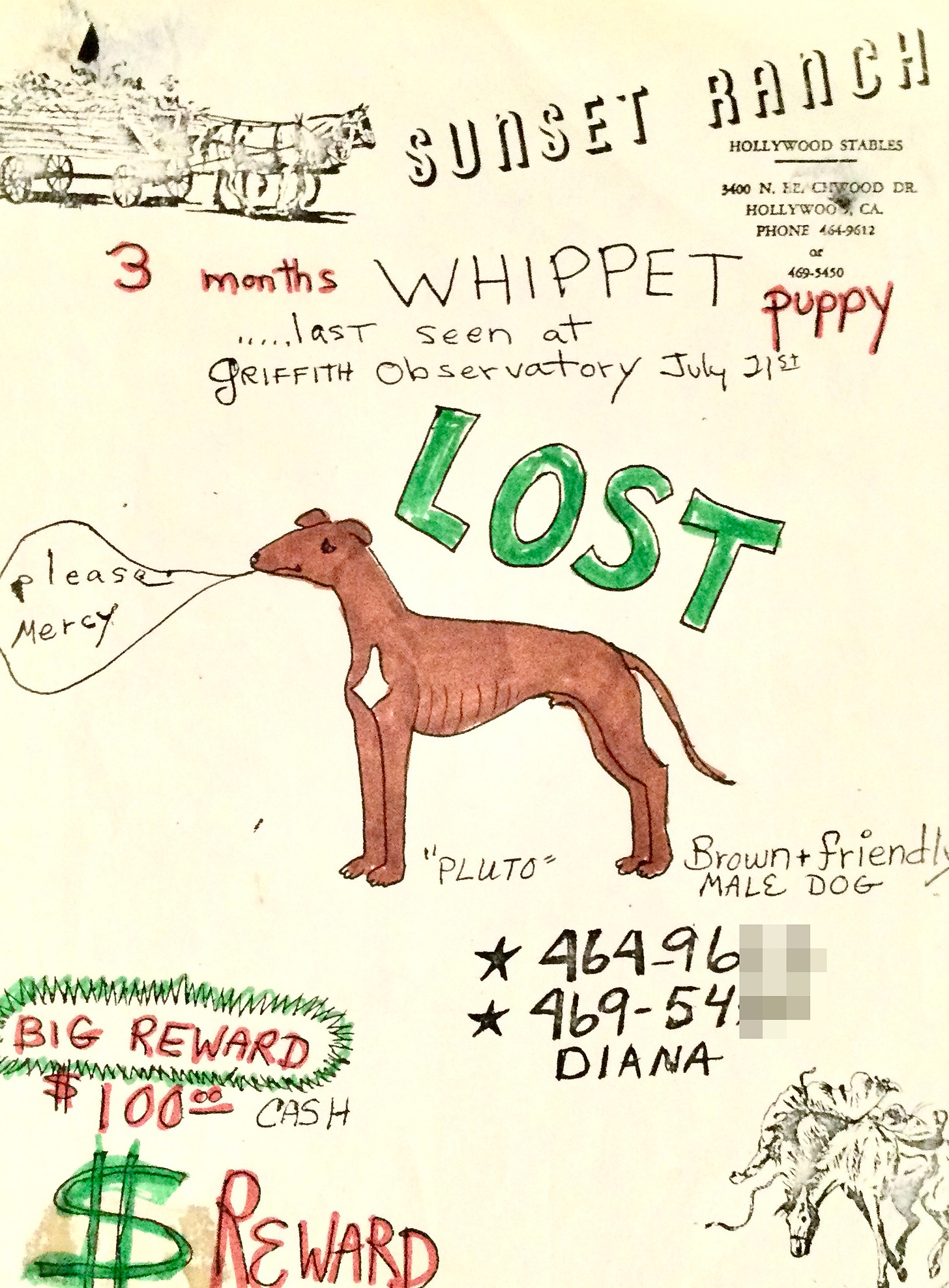

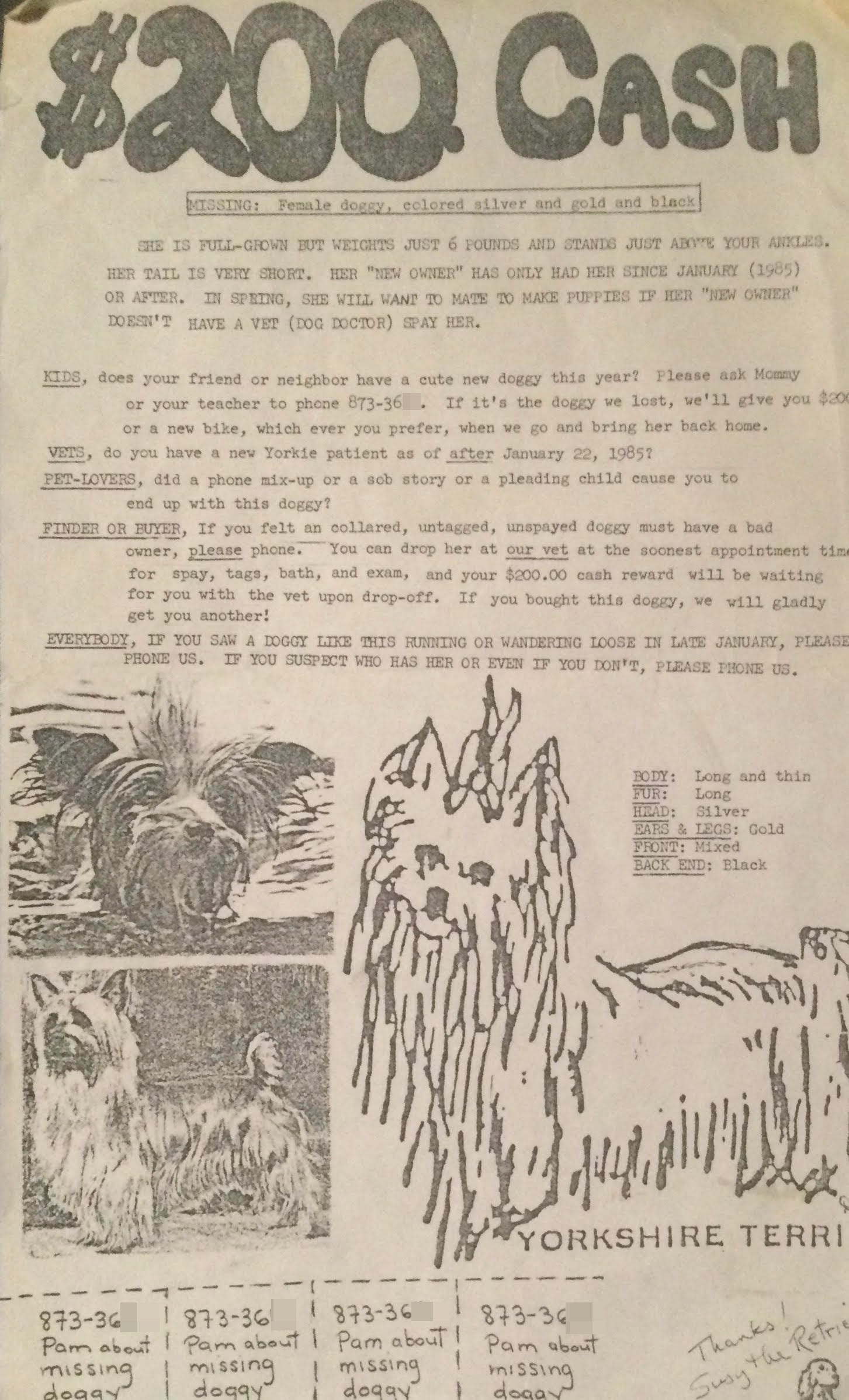


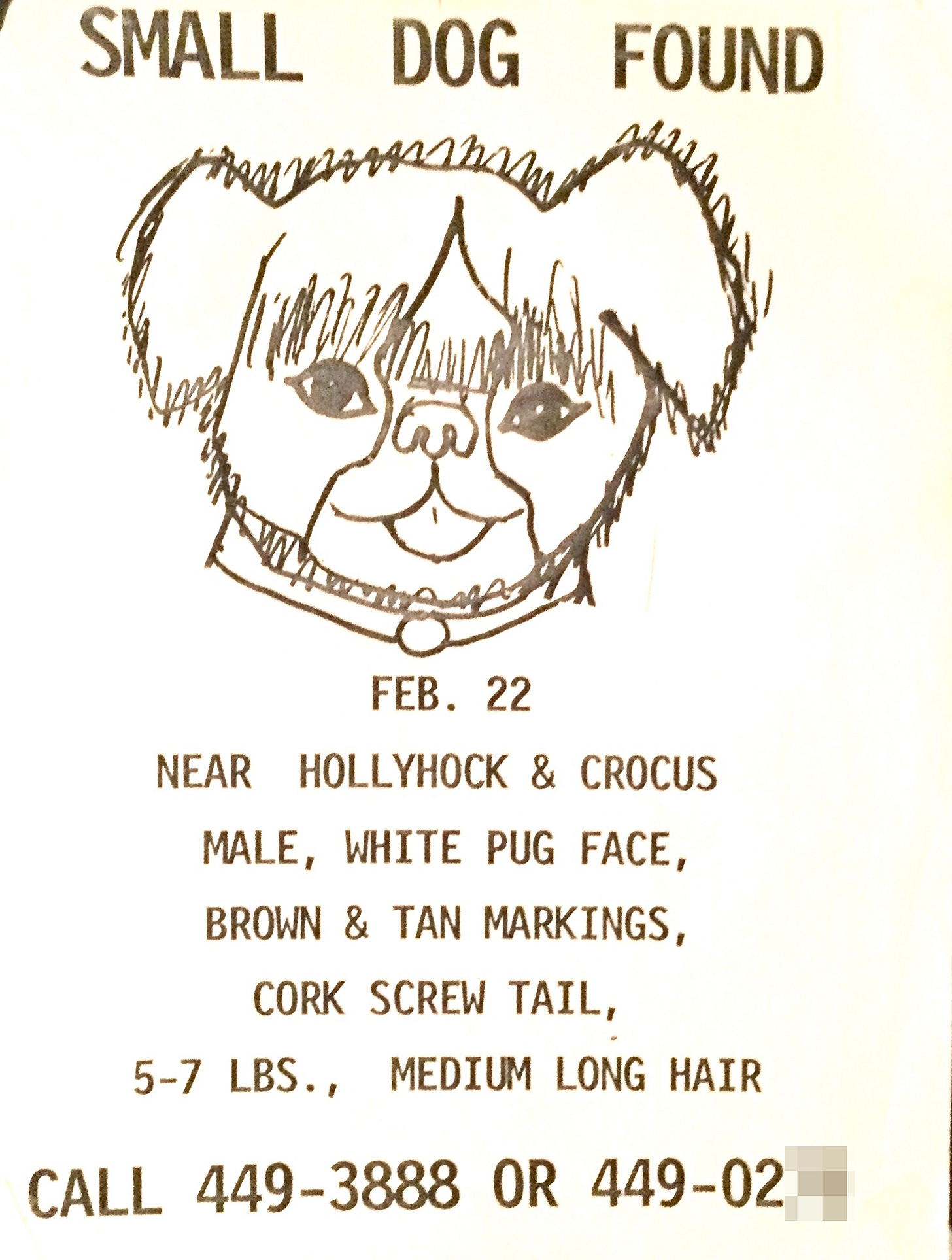

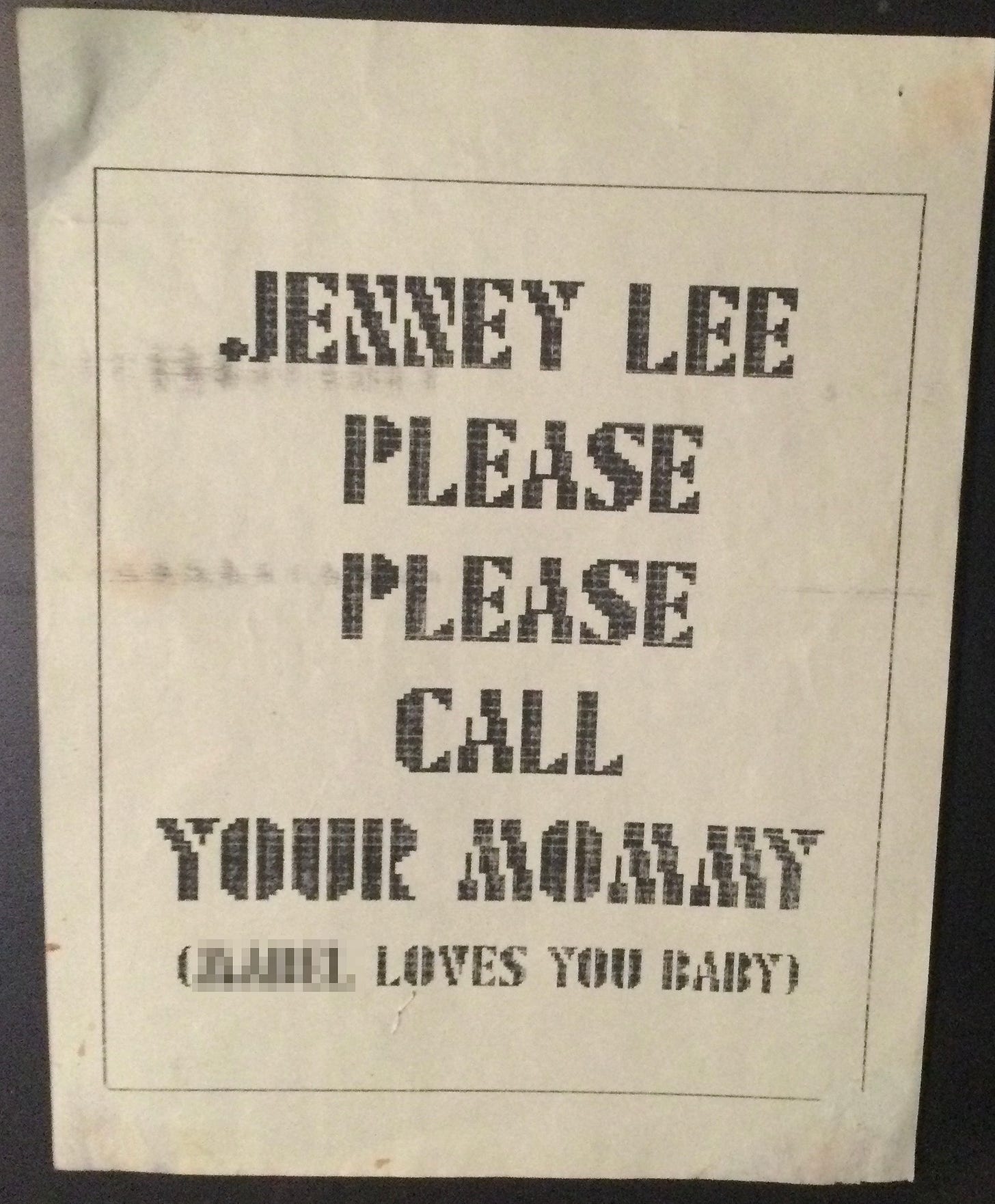
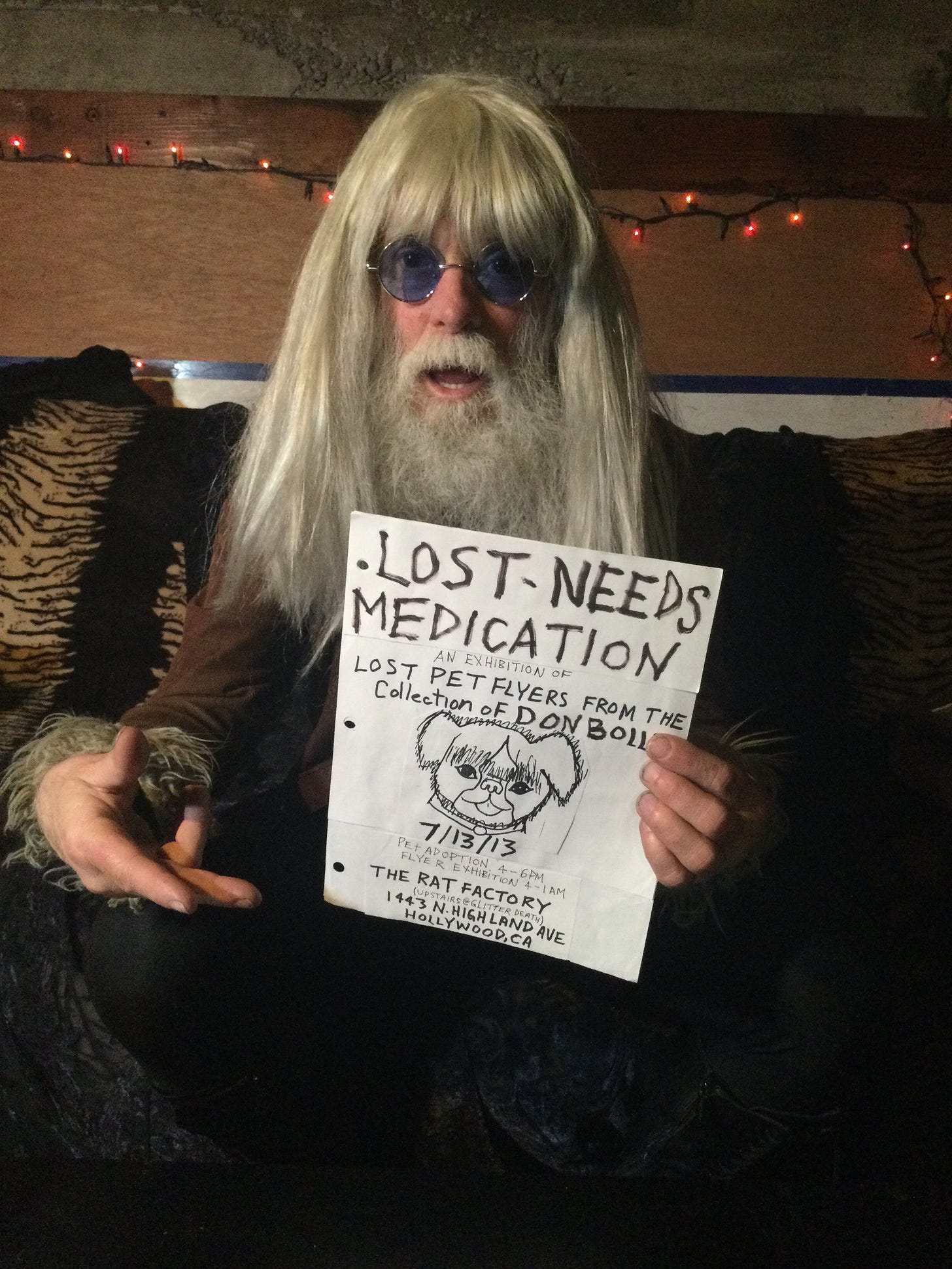
Enjoyed this! I once met a gent in Waitrose who collected discarded shopping lists from the bottom of trolleys and baskets. He liked what they inadvertently revealed about people. I wish I'd probed a bit more!
The cat poster and "you can see that this is the only thing in this person’s life" line—oh my heart! Thank you (and Don) for sharing this story!